OR Staff Burnout
The shortage of perioperative staff, including scrub techs, circulating nurses, and surgical assistants, is hitting hospitals and ASCs hard. Long hours, high stress, and staffing shortages have led to alarming levels of burnout. This not only affects morale and retention but also impacts patient care and staff efficiency.
How Bad is Burnout in the US?
Hospitals and ASCs run on tight schedules and high demands, yet staffing levels haven’t kept up. Nurses and techs work shifts, surgeons are booked back-to-back, breaks are rare, and mistakes are costly.
A study conducted by the American College of Surgeons found some alarming statistics. This study showed widespread burnout across surgical roles, affecting 50% of attending surgeons and nearly 70% of residents. Among support staff, rates remain equally concerning: over 50% of nurses, nearly 40% of anesthesiologists, and more than 60% of surgical technologists report symptoms of burnout. [1]
So, why is this occurring, and what can we do to fix it?
An Aging Population
Baby boomers, born between 1946 and 1964, comprise a large part of the US population. As this generation enters retirement age, hospitals and ASCs have experienced a huge jump in demand for surgical services.
Why is this happening?
The last baby boomers will reach retirement age in 2029, with a “73% increase in Americans 65 years of age and older”. [2] From 2011 to 2019, the number of Americans aged 65 and over jumped from 41 million to 71 million. Aging populations come with a higher need for healthcare, and surgical facilities are struggling to keep up. This increased demand is not matched with increased staffing, leading existing healthcare workers to take on more patients than ever.
Furthermore, an aging population means more nurses and surgical professionals are retiring, too. Statistics show that “25%–55% of the nursing population in Australia and the United States are 50 years and above”. [2] Hospitals and ASCs are taking on more patients than ever while losing staff to retirement and burnout.
What can be done?
To match higher demand, surgical facilities need to increase staff or find a way to make the current staff’s job easier. The latter may be easier to implement as there is a national shortage of nurses and surgical specialists. Software that reduces tedious manual tasks, such as preference card editing and case picking, can help relieve the burdens that surgical teams face.
Staff Shortages
It is projected that by 2034, there will be shortages of 15,800 to 30,200 workers in surgical specialties. And from 2020 to 2030, more than 275,000 additional nurses will be needed. [3] These shortages pose a serious risk, potentially leading to increased medical errors and higher patient mortality rates.
Why is this happening?
As education costs reach sky-high levels, fewer surgical specialists are entering the workforce. Students can no longer justify the extreme debt required to become a surgeon, which is creating problems in a country where the demand for surgical services rises year after year. This is causing overworked surgeons and patients who have to wait for surgical care. Additionally, a high cost of living makes twelve years of undergraduate, medical school, and residency more unrealistic, especially for someone living on their own.
High turnover rates are a significant problem in the healthcare industry for many reasons. First, burnout is causing many people to find a new job or quit the healthcare industry altogether. Another reason is abuse by patients. Between 8% and 38% of healthcare workers worldwide experience a form of violence, verbal or physical, during their careers. [4] This can take an intense emotional toll on healthcare workers, especially when they are already overworked.
What can be done?
Lowering the cost of medical school or increasing surgeon and nurse salaries would be the best way to encourage students to pursue surgical careers. Educating students on the high need for surgical specialties, nursing shortages, and the projected industry growth may improve future outcomes.
Finding new ways to make healthcare workers’ lives easier is crucial at the moment. The influx of patients will not stop anytime soon, and neither will the shortage. Platforms like PREFcards can reduce hours of manual labor and improve surgical efficiency.
Offering more support to healthcare workers is critical to maintaining morale and improving turnover rates. Some ideas include hiring an on-site mental health worker or offering free counseling services. For nurses, especially, who often shoulder the logistical burden of the OR, support can go a long way. Ideas include hiring on-site mental health professionals, offering free or subsidized counseling services, and implementing systems that reduce unnecessary administrative strain.
Conclusion
As healthcare systems take on more patients than ever before due to an aging population, workers are facing symptoms of burnout and are leaving the industry. Staff shortages are magnifying this issue, the high cost of medical school is causing fewer surgeons to enter the workforce every year, and more nurses leave the profession year after year.
Surgical software such as PREFcards can help reduce burnout in the OR by simplifying workflows and reducing labor hours needed for trivial tasks. Hospitals and ASCs should consider offering mental health resources to their staff to prevent burnout and improve employee retention.
Sources:
[1] https://www.ncbi.nlm.nih.gov/books/NBK493175/
[2] https://pmc.ncbi.nlm.nih.gov/articles/PMC11918777/
[3] https://pubmed.ncbi.nlm.nih.gov/19730177/
[4] https://www.facs.org/advocacy/federal-legislation/surgical-workforce/

